If you’re wondering why video is the ultimate solution to increasing trust, connection, and revenue, you’re in luck. In this post, I will be going into how using video for sales impacts the overall outcome of our outreach efforts.
Human beings are hardwired for connection. In fact, some might even argue that it’s one of the most basic requirements for survival. In his book, Social, neuroscientist Matthew Lieberman deduces that our need for social connection is just as fundamental as our need for food, water, and shelter, if not more so. And it’s interesting because this need for connection applies not only to life but also to sales.
In sales, when all is said and done, making a human connection is what we’re all trying to do. It’s not about generating revenue or making a profit or closing deals. Because without a connection, there would be no sale.
The problem, however, is that people don’t trust us.
I’m not a salesman, but I’ve worked next to salespeople my whole life. I’ve dedicated my entire career to helping salespeople succeed at what they do. For most people, success in sales might mean more leads, referrals, and testimonials. And while they’re not wrong, I’d like to believe that achieving success in sales is ultimately about being able to solve this trust deficit.
I understand that’s easier said than done. Sales can be an extremely daunting job. As someone who primarily works in the technology department, I’m not on the front line, unlike salespeople. Although I’ve had some firsthand experience of what it’s like to walk in their shoes. So even though I’m not in sales, the most pervasive and recurrent struggles they often face still hit home.
Let me tell you a story about one of my earliest direct experiences with what it’s like to be in sales.
Door Knocking and Grave Digging
Several years ago, my wife Priya used to be a real estate agent for Keller Williams. One time she asked if I wanted to go door-knocking with her. She was trying to build up her initial book of business. I didn’t have an idea what that meant because, for me, lead generation was something you accomplished digitally and on the internet. I eventually discovered, however, that that’s not the way things work in real estate — at least back then. Real estate agents had to go to the trouble of going door-to-door as their primary way of prospecting.
Overall this was pretty foreign to me, so I decided to go. On our quest to find leads we were able to make some connections, and we received mostly positive responses too. That was until we approached this one man who was standing in his front yard, presumably working on his house’s piping.
So Priya and I walked up to the man and she introduced herself. To say that the next few moments that transpired were surprising is an understatement. The man’s response was nothing short of unnerving. He said something along the lines of “Do me a favor. Take that shovel, dig a hole in this front yard, and jump inside of it.”
I was utterly nonplussed. Petrified. Discouraged. Enraged. This person basically told my wife to throw herself into a grave. And I didn’t know how to manage that level of abuse and rejection.
Even so, my takeaway from that experience was that people are trained to see strangers as danger. As children, we were always told to be distrustful and stay away from strangers. What the man felt at that moment was an amalgam of emotions — fear, mistrust, and maybe some exasperation. He saw someone come up to him out of the blue and switched into stranger danger mode by reflex.
The Sales Trust Paradox
Salespeople make the world go round. They make it their mission to determine struggles and provide viable solutions — insurance, technology, consulting, whatever we may need.
And yet somehow, they have become some of the most ignored people on the planet. They suffer from this trust paradox where all they’re trying to do is provide value but instead of being admired, they’re greeted with the cold shoulder. It’s all very unfortunate.
Why is it that salespeople have to put up with all of this rejection, abuse, and negativity when all they’re trying to do is help?
Discovering the Power and Magic of Video
Early in the marriage, I tried to start my own company. Long story short, it didn’t work out. I eventually found myself working as an executive, the head of demand generation, at an Inc. 5000 company.
In case you didn’t already know, demand generation primarily involves leveraging automation and technology to convey information and ultimately drive pipeline growth. That was my function. But what my job actually entailed was collaborating with about 200 salespeople to figure out how we can acquire more high-quality leads, loyal customers, and responses.
It didn’t take me long to realize that the things we did — sending emails, LinkedIn messages, and cold calling — were simply not working.
The problem didn’t have anything to do with the who; it had a lot to do with the how. It wasn’t the people that proved ineffective but our outreach strategies. On top of that, there’s the mere fact that people on the other end simply did not trust strangers who called them unexpectedly.
A salesperson could put all their time and effort into composing an email that’s jam-packed with value, but what does it look like from the recipient’s perspective? Let’s say it took you an hour to write a nice email for your prospects. How long do you think they’d spend looking at the email? Two seconds at best. Now, that’s a problem.
Think about that. We’re trying to provide value, and we’re getting ignored in two seconds.
Eventually, when the salespeople at the company I worked at started sending out videos, I noticed that two interesting things happened:
Efficiency
You see, people in sales are inherently good communicators. Of course, this also makes them exceptional storytellers. We have found combining that talent to convey stories with using video as a medium of communication was very efficient. They would click record, send the message, and that was that. No longer did they have to spend an hour just to write one email.
Engagement
Second, we discovered it was indisputable that video boosts engagement. When people opened up their inbox and see a video, all sorts of magic started to happen. Here, allow me to provide you with some data points:
- 90% of the information our brains process is visual
- We process visual information 60,000 times faster than text
- 65% of the population are visual learners
Knowing these, why are we still communicating with plain text?
We remember things in visuals. Think about your childhood. Do you see words? Or are you seeing images of a peanut butter and jelly sandwich?
Now think about what happens when you send messages in the form of text over the pipes to someone. They would only spend two seconds on it, processing it extremely inefficiently. What’s worse, the message is coming from a total stranger — all the more reason for them to not give it much thought. The most likely outcome would be they hit the delete button and your effort practically goes to waste.
My friend Jeffrey Gitomer says it best, “We are trying to delight, not get deleted.”
If there’s anyone you would want to heed the advice of, it’s Jeffrey. He’s a two-time New York Times bestselling author of the Little Red Book of Selling and The Sales Bible. In addition, he’s also the CEO and founder of his own sales coaching and training business. For his work, Jeffrey has gained celebrity status in the sales industry — even becoming known as the King of Sales.
If there’s a little red book for sales, there’s also a little red dot. It’s that button a lot of people in sales are so afraid to hit. I’m talking about the record button.
The Little Red Dot: Is It Life or Is It Death?
The little red circle on our phones; to some people, it’s power and energy and all things exciting. To others, it’s the little red dot of death.
However, being intimidated by video is perfectly understandable. Video technology has only been around since 2000. YouTube was launched in 2005. In comparison to the telephone and email which have both been around for a lot longer, video is still a relatively new medium.
Video requires practice. If you look at the people in the industry who are good at video, you have to understand it’s not innate. No one is born naturally good at being on camera. It just means they practice.
My video practice process takes me back about six years ago. I would record videos over and over again, committed to getting my reps in. I like how Bruce Lee puts it: “I fear not the man who has practiced 10,000 kicks once, but I fear the man who has practiced one kick 10,000 times.”
In short, repetition is key.
I remember when I used to record videos in the shower. These were never published, of course. But you know what they say about public speaking, just pretend like everyone in the crowd is naked. Well, I turned that around and recorded videos when I was naked. It helped me become at peace with my vulnerability and get over the many fears, worries, and voices in my head.
I want you to identify the voices you hear in your head every time you’re trying to record a video. If they have led you to believe that you’re too young, too old, too fat, too skinny, too bald, too hairy, or that people will not want to look at you standing in front of a camera, now is the time to drown these voices out. It doesn’t matter whether they’re echoes of hurtful words that actual people have said about you. Whoever is pulling you down with this type of negativity, you have to understand and remind yourself that their words mean nothing.
I’m encouraging you to start overcoming these doubts now. Are you ready?
Get your phone and open the Dubb mobile app. If you haven’t had the chance to install it yet, you may click here to get it on iOS and here if you’re using Android. You can use your phone’s native camera app too.
What I want you to do is record a brief video saying your name and what you’re good at. Once you’re done with that, I suggest you text yourself that video. If you’d like to include others, perhaps a friend or a spouse, CC them.
Go ahead and watch it. Now, take this video as a reminder of what your value is. More importantly, it’s a reminder of how you possess the tremendous capability to make a human connection.
You know how people always say the eyes are the windows to the soul? Think about how that’s so possible with video. Imagine sending someone a pre-recorded, asynchronous video for sales. You’re essentially allowing them to look into the windows of your soul.
The 97% Competitive Advantage
Would you believe that only approximately 3% of salespeople use video as a sales strategy?
It’s true; the rest of them are still stuck in the more traditional (and quite ineffective) methods of phone calls, sending emails, and postal mail. If you’re using video, you’re giving yourself a 97% competitive advantage. You wouldn’t want to miss out on this massive opportunity.
If your main reason for not doing video is you feel as though you don’t have anything to say, Jeffrey has some very practical advice.
Just talk. “No one ever had talker’s block,” he says.
The key is to practice speaking on camera over and over. If you don’t like what you produce, hit the delete button. However, Jeffrey points out that you shouldn’t get in the habit of deleting because you might end up recording a good video. He recommends that you save every take, and in the end, only keep the ones you want.
You’re going to end up deleting the delete button a lot. But that’s unimportant. You can’t always make your videos perfect. You can, however, iterate until you get to a point where you like what you have.
Besides, people don’t even like perfect. It’s inauthentic, and people can easily see through that. Remember, authenticity doesn’t equate to perfection; it just means you’re being you.
And if technophobia is another reason that’s been holding you back from leveraging the power of video, don’t worry. We’ve got you covered.
Over the last four years, our team at Dubb has been dedicated to building an all-in-one sales and marketing solution. Today, I can say that what we’ve accomplished has truly been a massive evolution of technology.
Allow me to show you how you can easily use the Dubb Sales Operating System to gain your prospects’ trust, form meaningful connections, and skyrocket your sales.
How to Increase Trust, Connection, and Revenue using Dubb Video
Despite being one of the most comprehensive video creation platforms out there, navigating the Dubb system isn’t very complex. We have received feedback every single day from our clients for the past four years, and that feedback has formed Dubb into what it is today.
There are multiple ways you can create video messages using Dubb. I’ll go through each one in detail.
First, we have the Dubb desktop app.
We have built a desktop app that has everything you would expect from a video communication platform. The Dubb desktop app is a fully-integrated screen and webcam recording tool.
It’s perfect for recording a casual video of yourself sitting at your desk, talking to your prospects or clients.
On top of that, whether you’re on a Mac or PC, you can also create a recording that displays the contents of your screen and a webcam feed that shows your face. This is ideal for when you need to conduct a presentation.
If you’re looking to install the Dubb desktop app or are interested in learning more, click here.
Next up, there’s the Dubb Chrome extension.
Using the Dubb Chrome extension, you can create and send out videos directly from various channels and third-party apps, such as Gmail, LinkedIn, Outlook, Salesforce, and more. Add it to your browser by clicking here.
Lastly, the Dubb mobile app.
Whether you’re on the go or simply want to capture dynamic videos with multiple clips, the mobile app is your friend. It allows you to add music, emojis, and text overlays to your video for added personalization.
After a Dubb video is created, a landing page gets automatically generated. Normally, it would contain the brand of the person or organization that’s using it. From the logo to the colors to the background image, you can fully customize your landing page according to your branding identity.
Also, along with the landing page, a set of playlist videos automatically appear. We call these evergreen videos. These can be demo videos, tutorial videos, testimonial videos, social proof, or anything that you have off the shelf. Maybe you had someone else create a highly-produced promotional video for your business and you want that to be one of the first things that your prospects see. You can achieve this through the use of Dubb’s video playlist feature.
Now, on to my favorite part. I’m talking about calls to action. Calls to action can be anything you want them to be — a button for your recipients to send a video reply, a calendar integration for booking a time with you, a download button for a form you’d like them to fill out, or possibly even a checkout link.
The option to have one of your calls to action be a video reply button is particularly useful. It provides you with the ability to make the communication two-way, even though you’re making use of asynchronous video content. Other than that, video reply buttons can also be used as a means to collect testimonials from your existing clients, which are conducive to gaining the trust of the rest of your customer base.
Each one of these features is customizable. And if you need to change them up for different use cases, you can create presets. Presets are an easy way to add all of your settings and customizations in one click. Although this will require you to do some work upfront setting them up, you’ll thank yourself later.
We’ve built all of these features to help you forge more meaningful relationships with your customers. However, without data, it can still be fairly difficult.
You could keep sending video messages to your contacts, but not knowing what’s happening on the other end makes your efforts nothing more than shots in the dark.
It’s like that funny scene from the movie Swingers. The guy calls the girl a bunch of times and leaves her multiple voicemails because he’s unsure of whether she’s into him. This scenario is not far from what salespeople go through — hearing nothing but crickets chirping and the endless, anxiety-fueled contemplation of whether you’re effectively engaging your prospects.
But not anymore.
With Dubb’s real-time activity reporting, you’ll have the ability to know every bit of engagement that your videos are getting. And if you integrate contacts into your Dubb system, you can get contact-level tracking — who among your contacts specifically is viewing your video page, if they’re watching your video, what percentage of the video they’re watching, or if they clicked on a call to action.
There are even emoji reactions. You can say what you want about emojis, but they’re so easy to click. It’s just a little tap. Assuming that your contact doesn’t have the time to respond to your email, you might get a thumbs up or a smiley face. Now, that’s still a response. It’s a simple yet effective way to ascertain your recipients’ interest.
Putting it all together, you saved an hour of time that you would’ve otherwise spent writing an email. You only spend two minutes sending a video. Let’s say you send it to your prospects or clients and they don’t immediately respond. This could stem from several reasons, but assuming they’re just busy, this real-time data can still help you determine whether they’re engaged.
So now, what can you do? You can follow up, provide more value, or come up with other creative ways to reach out based on their action or inaction. With data, the sky is the limit.
Since we’re on the topic of data, I’d like to introduce you to CAIRA. The Communication Artificial Intelligence Reaction Assistant. As the name suggests, CAIRA is designed to provide feedback by analyzing the language you’re using in your videos.
The creation of CAIRA originates from a public speaking experience I had several years back. To sum up, I felt that there were too many people in the audience who were counting every filler word I uttered. I had about three people tell me I used the word “basically” sixteen times and “so” seven times.
I walked away feeling a little defensive, angry, and upset. Although my ego was hurt, I took away something very valuable: communication requires practice (and as we’ve already established, so does video).
But practice is just one thing. Doing something over and over again might not get you results. To improve as a communicator, you also need data, information, and feedback. So as we started to discover that people weren’t too ecstatic about the way they were communicating, our team at Dubb realized we needed to provide more information. That’s when we built CAIRA. Fun fact: the name Caira is Italian for beloved.
There are nine levels of data that we’ve analyzed for CAIRA. Keep in mind that this is all very subjective. You can take this data or you can reject it.
- Cadence
- Repetition
- Fillers
- Positivity
- Persuasiveness
- Empathy
- Slang
- Profanity
- Jargon
In a nutshell, CAIRA evaluates the delivery, effectiveness, and professionalism of your communication. With this data at your disposal, you can continuously refine how you speak in videos. The language you use is just as important as the visuals you incorporate into your videos.
Pro Tips for Gaining a Competitive Edge
Say it with video.
Remember, we’re trying to make a human connection. Put a face to the name by communicating to your prospects with video. For people to have increased trust in you, communicate using video.
Use playlists and presets.
My advice is to have your evergreen videos come after a personalized video. Also, take advantage of the power of presets so you can configure your landing pages without effort. This way, you’re making the most of personalization while still achieving maximum efficiency.
Give a call to action.
Make a human connection, but also provide them a path to take the next step.
Getting Started with Video
Ultimately, the first step to increasing trust, connection, and revenue is getting over the fear of being on video. I encourage you to do your version of naked videos. You could record a video in your car, in the shower, or on the toilet. Wherever it is, what matters is that you practice.
Our tech is easy to use, but it’s robust. We acknowledge that people need coaching and training. If you’re interested in learning more or you have questions about the Dubb platform, consider joining our training program. We conduct sessions several times a week, taught by Co-Founder and Chief Revenue Officer Darius Santos. Click here to find out more.
If you wish to sign up for an account, you may do so here. As always, we invite you to reach out to us if you need support.

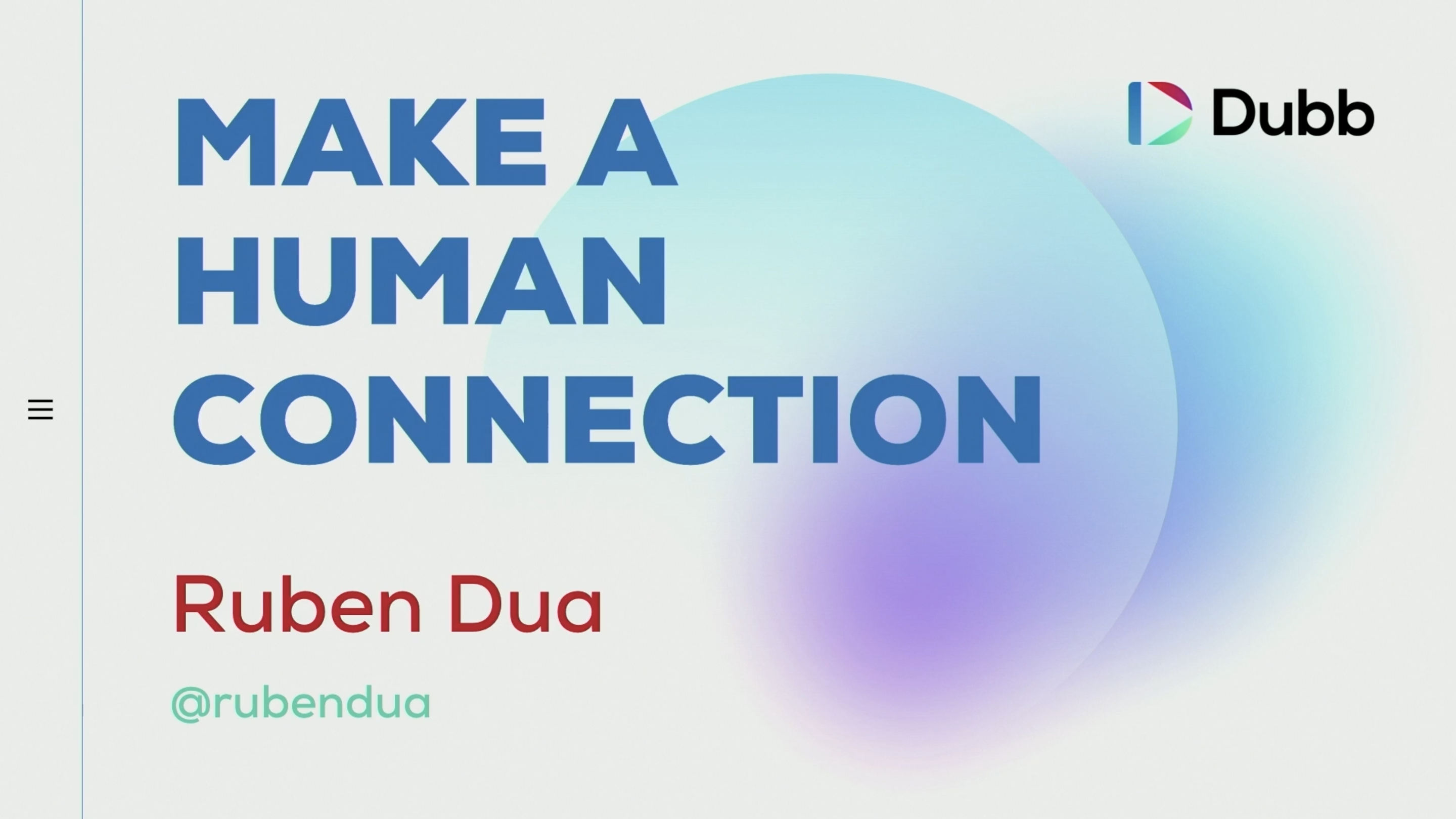
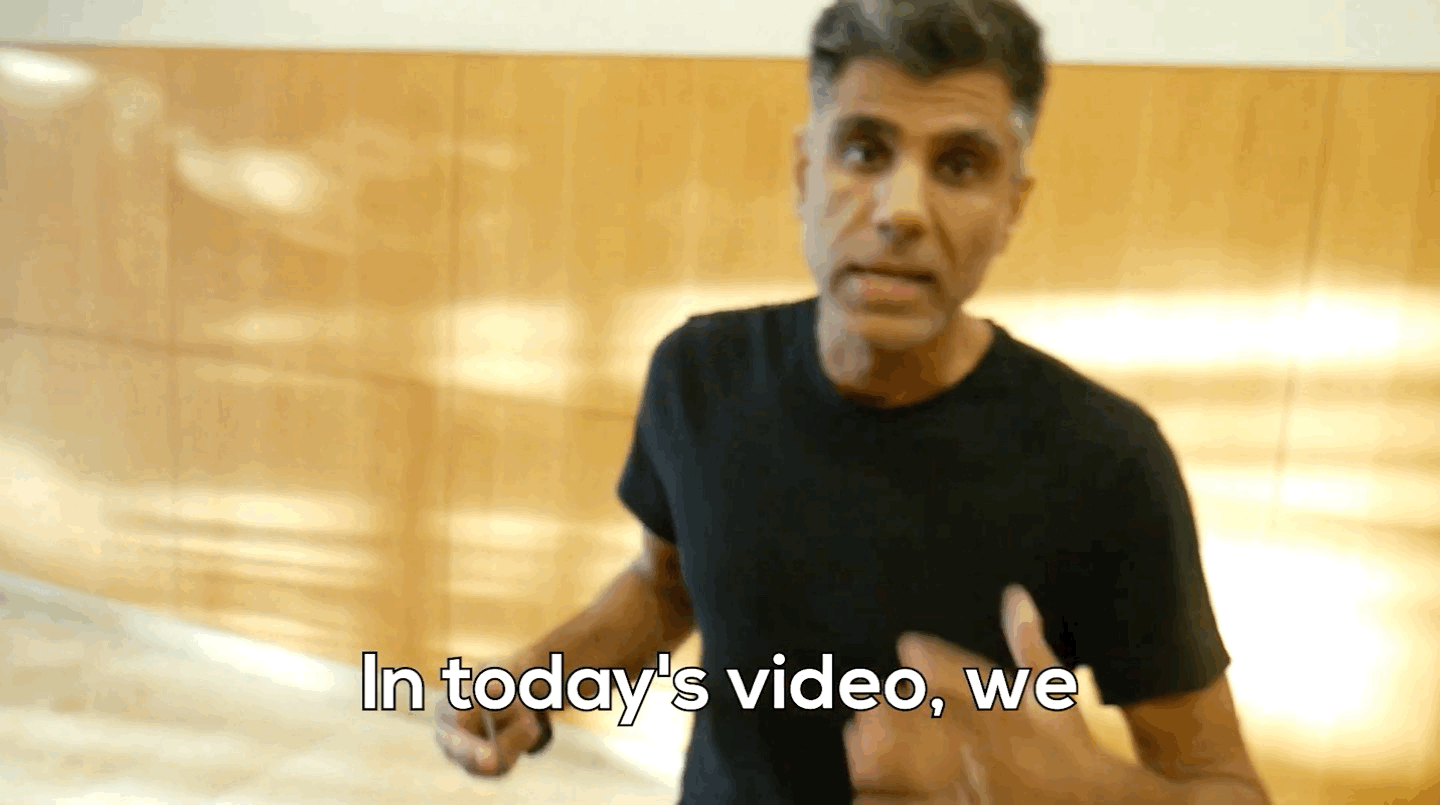

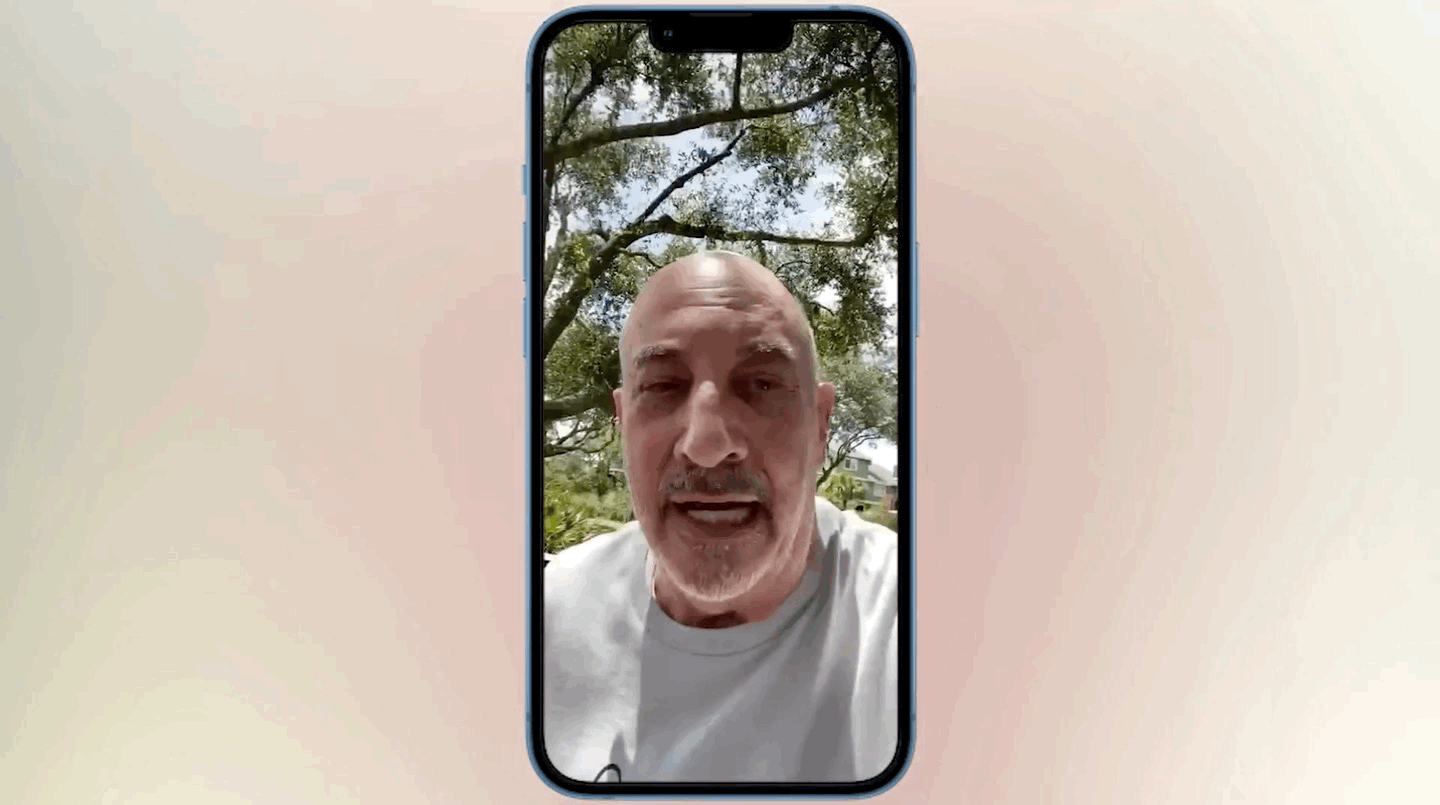
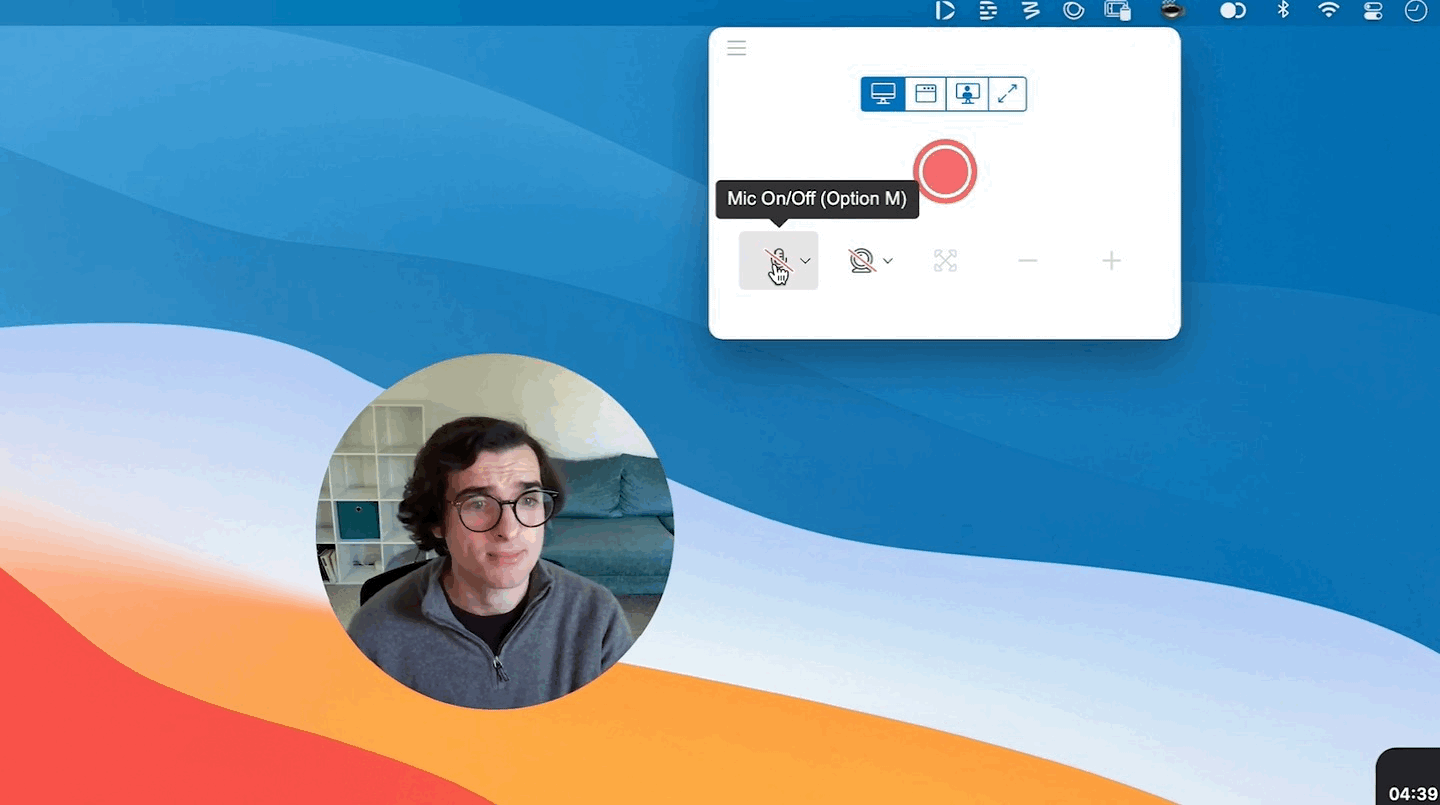


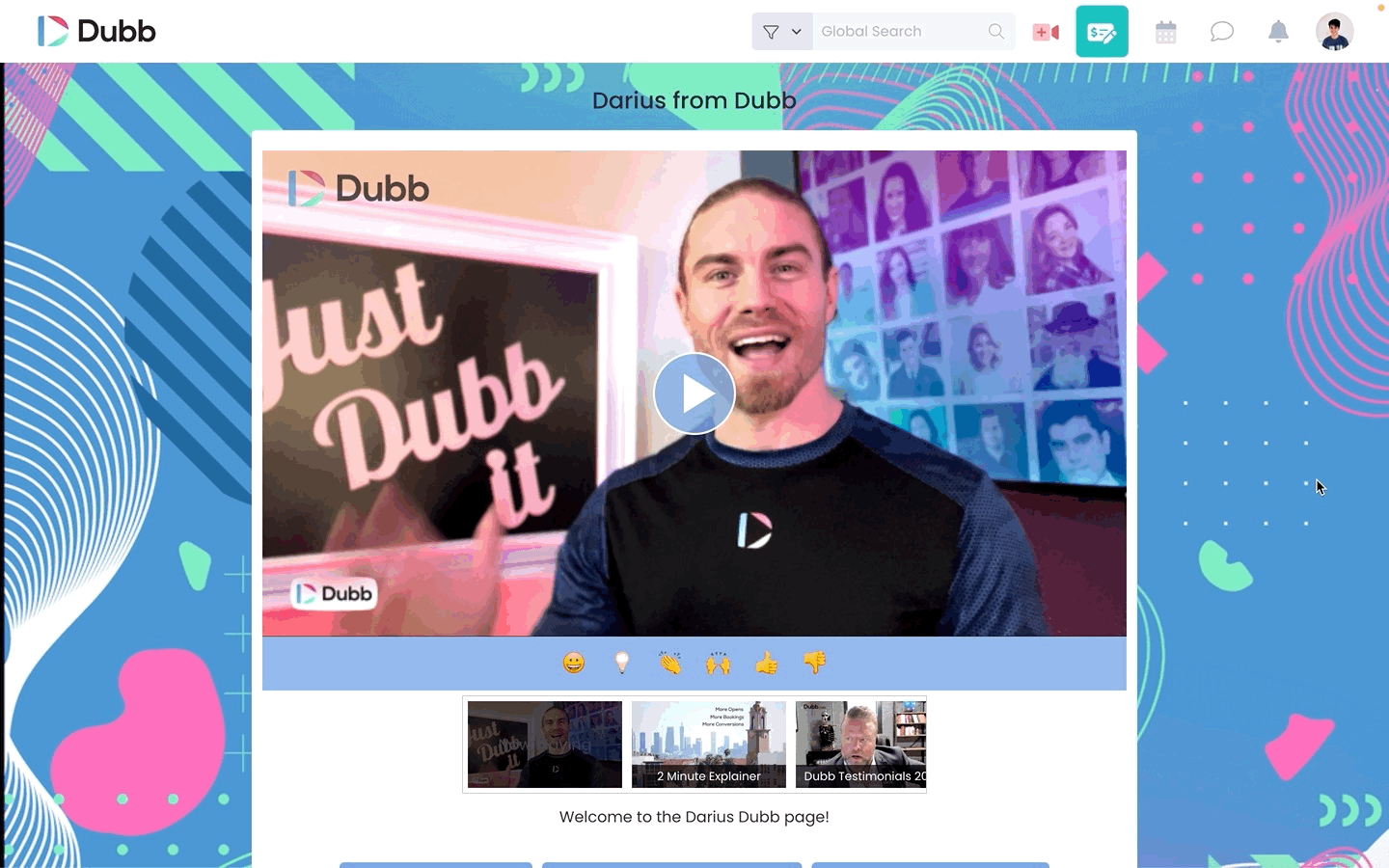




Leave A Comment